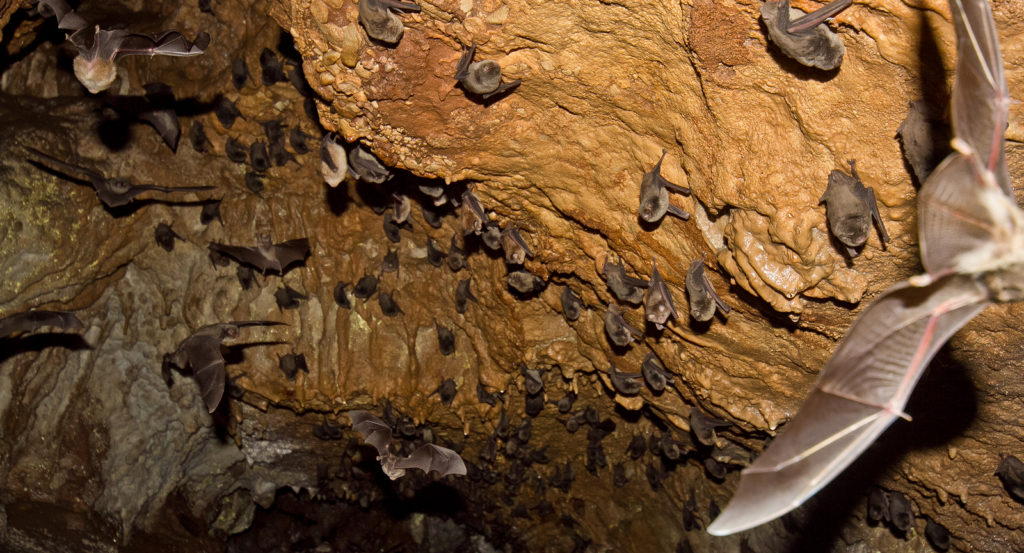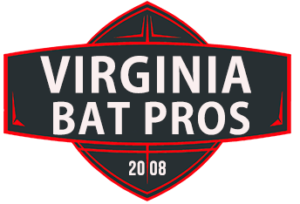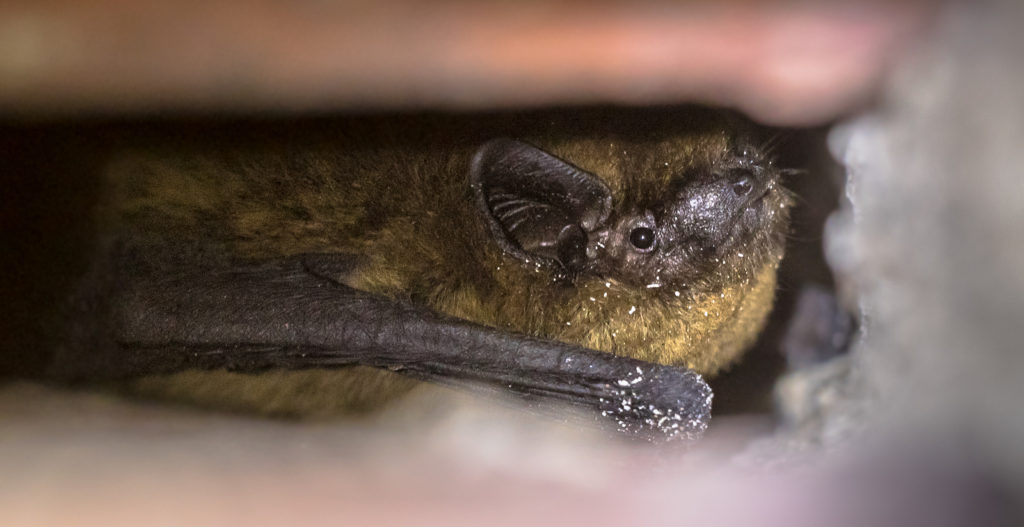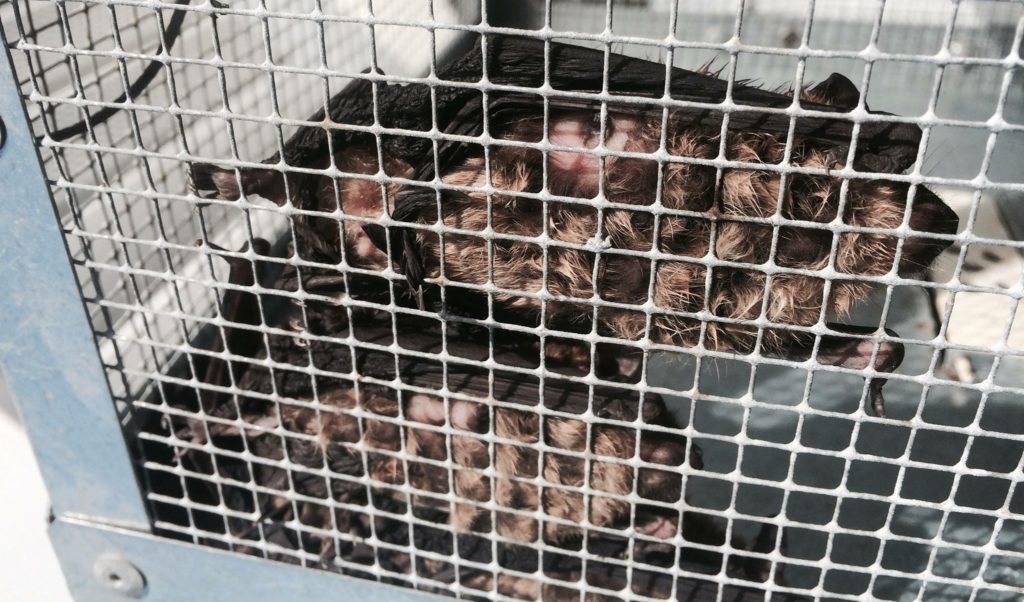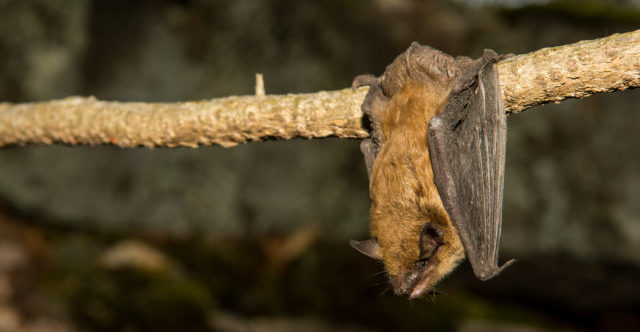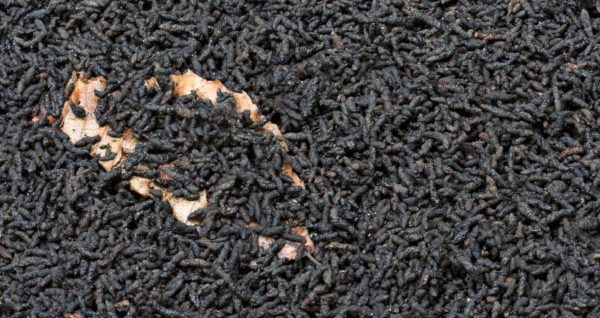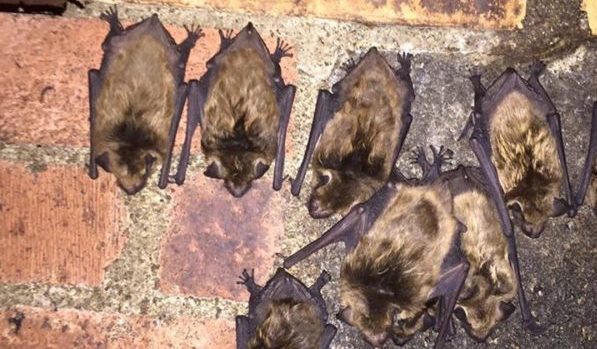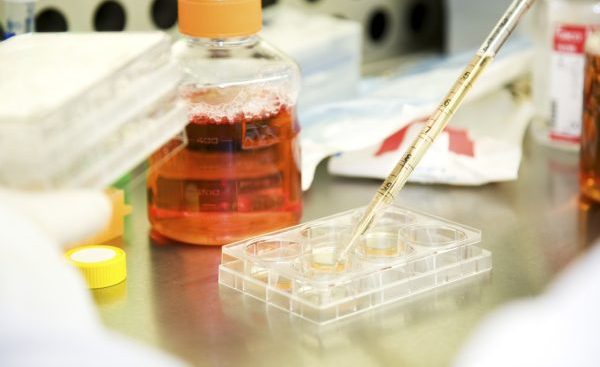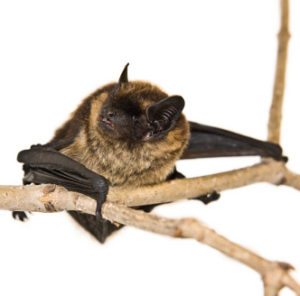Bats are mostly known as a scary threat, or a neighborhood nuisance; but bats are much more than that. In fact, they are a greatly misunderstood species that deserve a better reputation. Continue reading to review 5 interesting and educational facts about bats, and better understand their importance in our world.
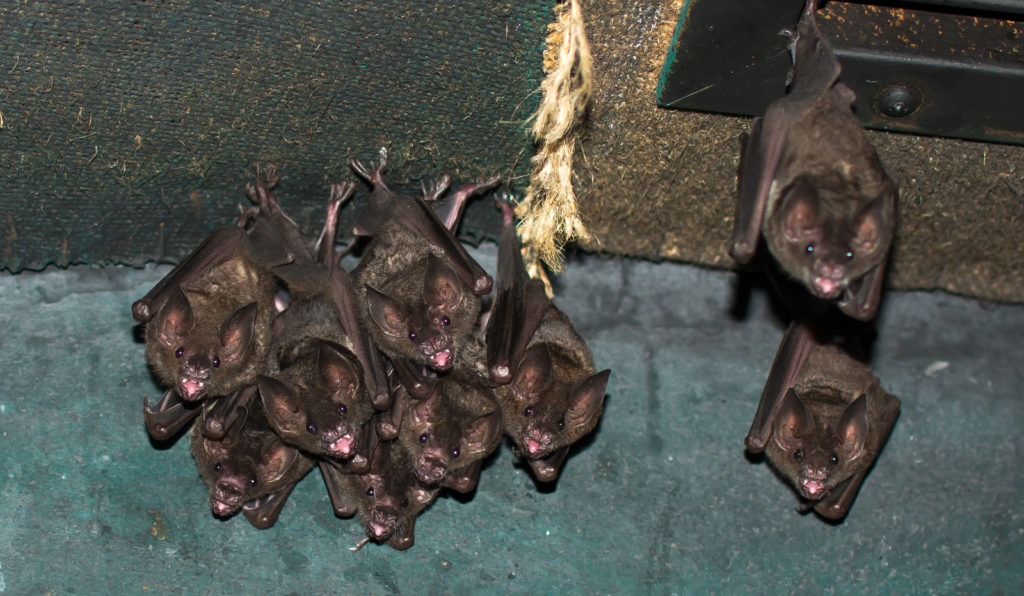
❶ Bats Serve a Vital Ecological and Economical Role
Bats feed heavily on our local insect populations every night, allowing us to have more comfortable backyard living areas, more enjoyable outdoor fun and activity, and less spread of disease and crop mutilation. Bats also support local economies among farmers, vendors, and consumers because the prevent crop mutilation. Farmers have also been known to use bat droppings, or “guano”, to fertilize their land. In fact, guano mining is a significant enterprise in the agricultural industry, worldwide.
Furthermore, Megabats, found in tropical and subtropical regions, primarily feed on pollen and nectar of fruits and flowers. This diet behavior provides a significant benefit ecologically and agriculturally by means of pollination, seed dispersal, which promotes cross-fertilization. We can thank Megabats for crops like bananas, avocados, mangoes, nuts, figs and cacao. Also, vampire bat species are an important focus in the medical research industry because their saliva contains an anticoagulant protein called “Desmoteplase” that researchers speculate can be used as medicine for stroke patients and blood clot prevention in humans.
❷ There are More Than 1,300 Species of Bat Around the World
Bats are a mammal that are native to almost every region of the world. And although there are more than 1,300 known species of bat, it is suspected that thousands more exist. Differences in features, behaviors, diet, size, and more, are what separate the known bat colonies, worldwide. Here in Virginia, the most common bat species found include the Little Brown bat, the Big Brown bat, Eastern Small-footed bat, Northern Long-eared bat, Eastern Pipistrelle bat, Silver-haired Bat, Eastern Red bat, Hoary bat, Seminole bat, American Long-Eared bat, Lump-Nosed bat, Evening bat, Ozark Big-Eared bat, Townsend’s Big-Eared bat, and the Northern Myotis. Endangered species are local to Virginia as well, including the Indiana bat, the Gray bat, and the Southeastern Big-eared Bat (also known as Rafinesque’s Big-Eared bat).
❸ Some Species of Bat Do Not Hibernate for the Winter
It is assumed by many that all bats hibernate for the winter. The truth is, some species hibernate and others do not. Some species of bat migrate instead of hibernate, and travel south to warmer areas for the cold season. Such species include the Spotted bat, Mexican free-tailed bat, and the lesser long-nose bat. Other species of bat do hibernate, thus entering into a state of torpor, or low metabolic activity. Bats cycle through periods of torpor and periods of moderate arousal, for the duration of winter. Bats generally prefer to hibernate in hollowed trees, rock crevices, caves, abandoned mines, and even residential and commercial buildings.
❹ Bats Do Not Have Very Many Natural Predators
You would think an animal as tiny as a bat would be at the top of something’s diet sheet, but really, they have very few natural predators. In fact, the biggest threat to bat survival is the threat of disease. For instance, a fungal diseases known as White Nose Syndrome, has killed millions of bat populations throughout the world. Read our blog, “Facts About White-Nose Syndrome and Bats” to learn more about this devastating bat disease. Mostly, predatory wildlife such as owls, hawks, and snakes will eat bats, but rarely go out of their way for them.
❺ Bats are the Only Mammal That Can Truly Fly!
Sure, you’ve heard of Flying Squirrels and other animals that seem to fly; but they are really just soaring, floating, or drifting on air currents. Bats, on the other hand, are capable of true flight, which means they can take off, maintain flight, and land, on demand. They can fly just the same as a bird, but they are a mammal. And they are the ONLY mammal that can do that! Not only can they fly, they are fast, with some species achieving speeds of 100 miles per hour!
Do You Have Nuisance Bats?

Call Virginia Bat Pros at 804-729-9097 for safe and humane bat removal and control assistance in Old Dominion. We serve all of Virginia with 24 hour bat removal, as well as, numerous residential and commercial bat exclusion services, such as bat cleanup and restorations for bat damages. We even provide insurance work! Contact us at 804-729-9097 to request a free estimate, anytime.

